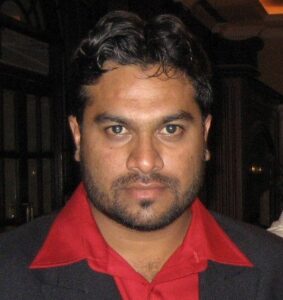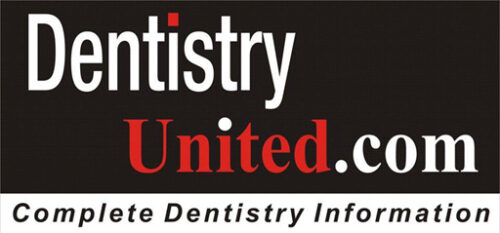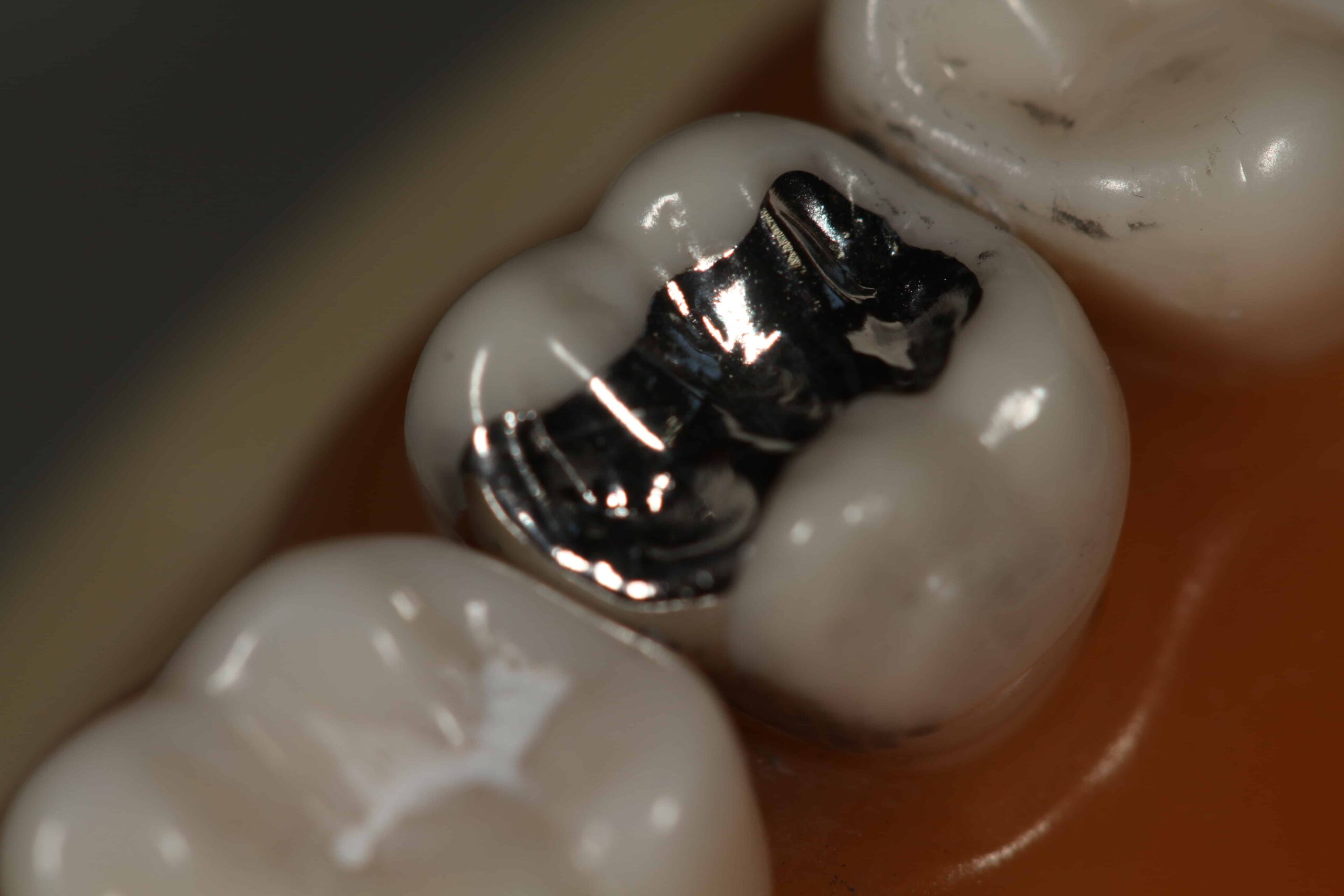Prologue: The Message That Sparked a Reflection
It was a quiet Sunday evening when my phone blinked with a familiar chime—our old dental college WhatsApp group had come alive again. Amidst photos of silver anniversaries and gray hairs masked by filters, a message stood out.
“Still using amalgam, Nabeel?” one of my batchmates teased, attaching a meme of a shiny filling captioned ‘Old is Gold… literally!’
The chat soon turned into a digital debate—a mix of nostalgia, science, and laughter. Some defended amalgam’s indestructible resilience; others cited its ecological sins.
As I scrolled through the conversation, memories of those mercury-scented preclinical labs returned, where precision met patience and silver powder met liquid mercury in rhythmic triturators.
But times had changed.
That evening, between the laughter and the pings, I decided to pen this reflection—not as a verdict, but as a chronicle of how dentistry itself has evolved since those days of mirrors, explorers, and mercury-stained gloves.
The Evolving Landscape of Dental Amalgam: Phase-Down Progress and Mercury-Free Alternatives
In the annals of restorative dentistry, few materials embody the tension between clinical utility and environmental imperatives quite like dental amalgam—a resilient alloy comprising approximately 50% elemental mercury, alloyed with silver, tin, and copper. For decades, its durability rendered it a cornerstone for posterior restorations, yet mounting evidence of mercury’s neurotoxic potential and bioaccumulative persistence has catalyzed a global pivot toward phase-down strategies.
As we mark the near-decade milestone of the Minamata Convention on Mercury—a landmark treaty forged in the shadow of Japan’s historic mercury poisoning tragedy—the question persists: In 2025, do dentists still deploy amalgam fillings? The empirical record, drawn from regulatory shifts and utilization metrics, reveals a resounding trend toward obsolescence in high-resource settings, though socioeconomic disparities sustain its niche persistence elsewhere.
Minamata’s Mandate: A Decade of Deliberate Deceleration
Ratified by over 140 nations since 2013, the Minamata Convention enjoins signatories to attenuate dental amalgam’s deployment through multifaceted interventions: promotion of mercury-free alternatives, encapsulation mandates for residual use, and enhanced operator training. This phase-down paradigm eschews outright prohibition in favor of adaptive measures, acknowledging amalgam’s proven longevity in load-bearing occlusal surfaces while prioritizing ecological safeguards.
A comprehensive 2025 appraisal underscores the convention’s uneven traction: while low- and middle-income countries grapple with infrastructural hurdles, advanced economies evince precipitous declines, with amalgam constituting less than 6% of posterior fillings in surveilled cohorts by 2022. The International Association for Dental Research (IADR) endorses this trajectory, citing amalgam’s environmental toll—mercury’s methylation in aquatic ecosystems fuels methylmercury trophic escalation—over unsubstantiated systemic health perils for most patients.
Yet, global heterogeneity endures. In resource-constrained locales like Pakistan, amalgam’s cost-efficacy bolsters its favor among practitioners, underscoring the convention’s call for tailored capacity-building. Initiatives under the UN Environment Programme’s Global Mercury Partnership, including digital toolkits for phase-down logistics, augur accelerated convergence by 2030.
Europe’s Decisive Prohibition: The 2025 Watershed
The European Union exemplifies resolute implementation, enacting a comprehensive ban on dental amalgam’s placement and export effective January 1, 2025. This regulatory salvo, embedded in the revised Mercury Regulation, extends to manufacturing and importation curtailment by June 30, 2026, with circumscribed exemptions for pediatric or hypersensitive cases where alternatives prove infeasible.
The British Dental Association anticipates ripple effects on National Health Service provisioning, potentially straining composite resin stockpiles amid surging demand for aesthetic, mercury-free dentistry. This pivot aligns with pediatric safeguards mandated by the convention’s 2023 children’s amendment, forestalling fetal and infantile exposure to amalgam’s vaporous efflux.
The United States: Steep Declines Amid Regulatory Reluctance
Across the Atlantic, the U.S. trajectory mirrors this contraction, albeit sans legislative fiat. Surveillance data from the Food and Drug Administration (FDA) illuminate an 80% plunge in amalgam restorations from 2017 to 2023, plummeting from 21.8% to a mere 4.1% of procedures in tracked demographics.
This attenuation correlates with curricular reforms in dental education—many accredited programs now de-emphasize amalgam pedagogy—and patient predilections for esthetically seamless composites. The FDA’s 2020 reaffirmation of amalgam’s safety for the general populace notwithstanding, a 2025 petition from advocacy coalitions impugns its Class II classification, advocating escalation to high-risk status amid lingering apprehensions over chronic low-dose mercury in vulnerable subsets, such as those with autoimmune encephalopathies.
The American Dental Association’s stewardship of voluntary phase-down—via subsidies for resin-based adhesives and CAD/CAM inlays—has obviated the need for draconian edicts, though disparities persist: amalgam lingers in Medicaid-funded clinics, where fiscal frugality trumps cosmetic imperatives.
Japan’s Exemplary Precedent: From Minamata to Mercury-Free Normativity
As the convention’s eponymous progenitor, Japan has pioneered a de facto eradication, severing amalgam from national health insurance reimbursement since 2016 and ceasing domestic fabrication thereafter.
By 2025, its deployment verges on vestigial, supplanted by palladium-silver alloys and Bis-GMA composites under the aegis of the “Health Japan 21” oral health blueprint. Wastewater effluent strictures further render amalgam untenable, compelling clinics toward amalgam separators and recycling protocols.
This socioeconomic disincentive model—eschewing punitive bans for market-driven substitution—has inspired emulators in Latin America and sub-Saharan Africa, where public-sector withdrawals in nations like Bolivia and Mozambique echo Japan’s calculus of precautionary toxicology.
Toxicological Nuances and Viable Substitutes: Balancing Efficacy and Equity
Amalgam’s retreat prompts scrutiny of its purported hazards: while the World Health Organization and IADR concur on its biocompatibility for immunocompetent adults—belying causal ties to neurodegeneration or autoimmunity—subpopulations harboring mercurial hypersensitivity warrant circumspection.
Prenatal and pediatric cohorts, per convention stipulations, merit unequivocal avoidance, given mercury’s transplacental partitioning and dopaminergic disruption.
Enter the pantheon of alternatives: light-cured resin composites, with their adhesive micromorphology and shade-matching prowess, dominate anterior and moderate-caries scenarios, albeit with modestly attenuated longevity (5–7 years versus amalgam’s 10–15). Polyacid-modified glass ionomers, fluoride-eluting for secondary caries prophylaxis, shine in deciduous dentition, while zirconia-infused hybrids fortify high-stress posteriors.
Technological strides—nanofillers for volumetric stability, self-etch primers for dentin interfacing—have democratized these options, eroding amalgam’s economic edge.
Prognosis: Toward a Post-Amalgam Paradigm
As 2025 unfolds, dental amalgam’s swan song resonates as a triumph of translational ecotoxicology: from Minamata’s indelible scars to a mercury-minimized millennium, the phase-down heralds equitable, sustainable restorative praxis.
For clinicians navigating this inflection, fidelity to evidence-based substitution—coupled with vigilant monitoring of longitudinal outcomes—will define dentistry’s next epoch. Patients, armed with this lexicon of mercury-free dentistry, stand empowered to demand restorations that safeguard not just smiles, but the shared biosphere.
Epilogue: The Link Shared
That night, after completing the article, I scrolled back to the same WhatsApp group.
The debate had quieted; someone had changed the group name to “Silver Days – Golden Memories.”
Smiling, I typed a short note:
“Friends, the story of amalgam isn’t over—it’s just evolving. Read this piece on DentistryUnited and share your thoughts. The conversation continues…”
Then, with a quiet satisfaction, I hit Send—and watched as the blue ticks appeared, one by one.
Author:

Dr. Syed Nabeel, BDS, D.Orth, MFD RCS (Ireland), MFDS RCPS (Glasgow), is a clinician-scholar whose career spans over two decades at the intersection of orthodontics, neuromuscular dentistry, and digitally integrated diagnostics. As Clinical Director of Smile Maker Clinics Pvt. Ltd., he has pioneered a philosophy of care rooted in anatomical precision, occlusal neurophysiology, and contemporary AI-enhanced workflows. A Diplomate in Orthodontics from Italy and an alumnus of advanced programs at Various International Universiteis , Dr. Nabeel brings a globally benchmarked clinical acumen to the nuanced management of temporomandibular disorders, esthetic rehabilitation, and algorithm-guided orthodontics.
In 2004, he founded DentistryUnited.com, a visionary platform connecting over 40,000 dental professionals through peer learning and collaborative dialogue. His academic drive led to the launch of Dental Follicle – The E-Journal of Dentistry (ISSN 2230-9489), a peer-reviewed initiative now indexed in EBSCO, fostering interdisciplinary scholarship across clinical domains.
A prolific educator, he has contributed to UGC and national broadcast media as a subject expert and regularly speaks at scientific forums, favoring small-group, discussion-based formats that emphasize clinical realism over theoretical abstraction. His ethos remains steadfast: knowledge, when shared freely, multiplies in value. Dr. Nabeel continues to shape the future of dentistry through research, mentorship, and his enduring commitment to elevating practice standards in India and beyond.

